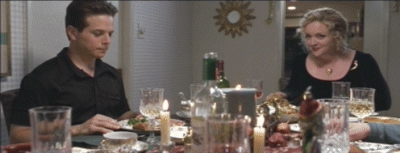Multitalented: All-in-One Graphic Boards
Copy Protection, Continued
By comparison, material that is not copy protected doesn't seem to have any problems with quality when recording Hollywood films with 3dfx, Elsa and Asus products.
These results were something of a surprise to us - we hadn't imagined that we would have been able to make a copy at all. However, we don't want to get excited about the matter because this method of creating a copy is still linked to a loss in quality. Remember, the clips that we created were generated using an analog input signal. We're therefore not talking about a direct digital copy (loss-free copy). However, the loss in quality using a video board is still less than when creating a copy from VHS to VHS or DVD to VHS. Finally, you have a data format that allows any number of copies, provided you have the corresponding storage media. These are currently still too expensive; what would you do with an exchangeable hard disk or an MO disk. The film industry can therefore rest assured that for now, the mass production of illegal copies by means of such boards is not a realistic threat.
A note about MP3 at this stage: if you convert the tracks of an audio CD to the MP3 format, you're actually dealing with a lossy copying method. The loss in quality between a normal CD and MPEG 3 music is however, hardly audible. Only trained ears can hear the very fine differences. The boards that we had at our disposal didn't bring up any big differences as far as copying was concerned. For MP3 audio, the data can be read in digital form from a CD and then immediately saved in the space-saving MP3 format (digital-digital conversion). However, DVD videos can't be read out in digital form. A chip in the DVD drive makes sure that this can't be done. The only workaround is the intermediate analog step. This can also be used to get around the copy protection mechanism too. We are therefore dealing with a digital-analog-digital conversion.
Get Tom's Hardware's best news and in-depth reviews, straight to your inbox.

